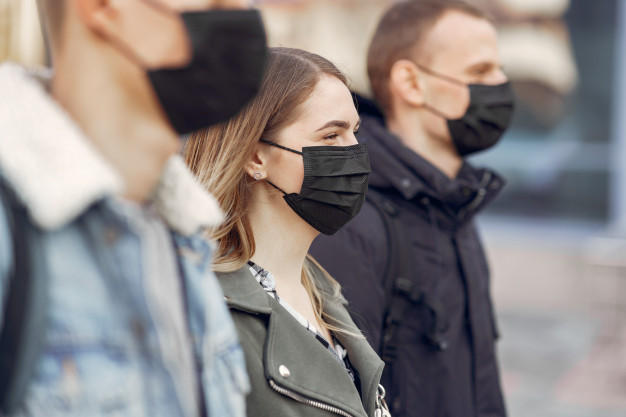 Despite the reopening of some businesses, the pandemic is still a serious concern. However, when protection measures can become a little lighter, face-to-face meetings are once again becoming a possibility. It’s important, however, to keep in mind the safety of all participants as you hold meetings.There are precautions you can take as you get together in small to medium-sized groups to ensure the health and safety of everyone involved.
Despite the reopening of some businesses, the pandemic is still a serious concern. However, when protection measures can become a little lighter, face-to-face meetings are once again becoming a possibility. It’s important, however, to keep in mind the safety of all participants as you hold meetings.There are precautions you can take as you get together in small to medium-sized groups to ensure the health and safety of everyone involved.
Keeping People Safe
Below, we have outlined several precautions you should take during and prior. These precautions will help prevent the spread of the virus in the long term. Of course, when possible, you should avoid in-person meetings until the virus subsides. We do understand, though, that in-person gatherings are essential in some cases. Safety is the number one priority in this case.
Require Attendees to Wear Masks
Research has shown that wearing masks will help limit the transmission of the virus. This is why the CDC recommends that in public spaces, individuals should wear masks. While wearing masks does not prevent individuals from contracting the virus, it will prevent the spread of the virus from individuals who are carriers. If all attendees are properly masked, the risk of contracting the virus is lessened.
Provide Sanitation Supplies and Encourage Cleanliness
When conducting face-to-face meetings, you’ll want to provide supplies for individuals to sanitize. Encouraging individuals to wipe down surfaces they frequently touch during meetings, as well as providing hand sanitizer, is a great way to do this. Individuals, even during the pandemic, may not think to sanitize as part of their daily routine. Scheduling specific times for sanitation and encouraging the use of hand sanitizer will help reduce the spread.
Limit the Number of Attendees
One of the smartest things you can do is to limit the number of individuals attending in-person meetings. This is because the fewer people who attend the meetings, the smaller the chance of someone being a carrier and fewer people who could potentially be infected. When possible, limiting meetings to 10 people or less is ideal.
If you’re unable to limit the number of attendees to 10 people or less, however, a maximum number of attendees should be enforced, based upon the size of the venue you’re hosting the meeting at. This is for the safety of all involved, as it allows individuals to communicate with each other while still maintaining proper social distance.
Assign Seating with 6 Feet Between Guests
Some meetings will assign seating initially, however it’s not always done. During the pandemic, assigning seating will be vital to safety. Maintaining a distance of 6 feet between individuals is still highly encouraged. Therefore, assigning seating and ensuring individuals are not within 6 feet of each other during the meeting is a great way to make sure attendees remain safe.
As mentioned, the pandemic is still a very serious issue and should be treated as such. Attendees of meetings hosted during this time should take as many precautions as possible to ensure the safety of themselves and those around them. While face-to-face meetings are not ideal during this time, they are still possible to hold. It ultimately requires cooperation and accountability from all those involved. The safety of each individual attending the meeting will depend on it.
Utilize Outdoor Spaces
All the above safety measure are far more effective in an open air space. With 25 acres of outdoor space, the MIT Endicott House is the ideal next step in conducting face-to-face meetings. When given the green light, we plan to tent over spaces so fresh air meetings can be conducted, safely. For more information on when we will be returning to hosting meetings, please contact us for safe meeting support.


